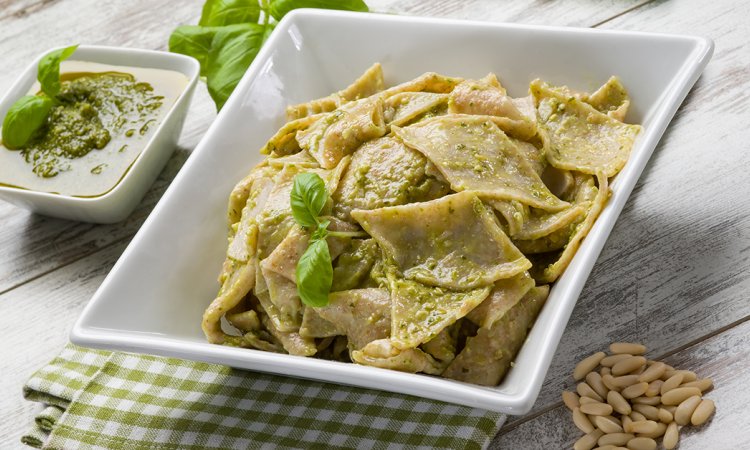
Vacations can be the focus of so many different areas of interest, but there’s one thing that nobody can miss when they visit — remarkably delicious traditional Italian food. In Italy, vacations taste great. Culinary tours in Italy are one of the most popular reasons to visit, whether they’re cooking classes in Tuscany or sampling the best risotto in Milan. Let’s stop by a few different regions to find some of the very best traditional foods to sample during your visit.
Meatballs in Naples
In the North American imagination of Italian cuisine, two dishes are perhaps the most famous — pizza, and spaghetti and meatballs. While pizza is as classically Neapolitan as it gets, spaghetti and meatballs are not. This popular meal was created by Italian immigrants in North America. Sorry to disappoint, but you won’t find classic spaghetti and meatballs anywhere in Italy.
The dish does have thoroughly Italian roots though. One key element — the humble meatball — is a beloved Neapolitan treat. Italian meatballs, known as polpette, are usually a standalone dish not paired with pasta. In Italy, pasta is considered a lighter first course (primo) that isn’t heavy on meat.
When in Naples, hunt down some of the best polpette alla Napoletana, otherwise known as meatballs in tomato sauce. These meatballs may be breadier than the North American variety. Stale bread is traditionally used as a filler in dishes made with more expensive meat. The results are extraordinary: bread allows the meatballs to be light, crispy, and incredibly juicy.
Testaroli in Tuscany
Cooking holidays in Italy often center around Tuscany, one Italy’s most famous culinary regions. Still very much a place where food is made by hand, you may easily find yourself in a Tuscan cooking class making handmade pasta.
If you can, learn to make a traditional dish that you don’t often see back at home. For example, you could explore testaroli, a dish that’s somewhere between pasta, bread and a pancake. The recipe consists of making a simple batter, which is squished between two iron baking dishes called the testi. Afterwards, the doughy sheets are cut into triangular shapes, tossed in boiling water for a few minutes and finished with a light pesto of olive oil, garlic, and Pecorino cheese.
To sample testaroli, you’ll need to delve into the Lunigiana Valley, to villages like Castagnetoli. Pontremoli and Fosdinovo. If you’re curious to have a bite head over to the Osteria della Bietola in Pontremoli, which specializes in regional cuisine and makes a mean testaroli.
Risotto in Milan
One of the country’s best dishes that often doesn’t get its fair due abroad is Italian risotto. Rice wasn’t as commonly found among early Italian immigrants to North America, so it never became as popular as pasta in the US. Risotto, while simple to make, can be very difficult to perfect, which may be another reason it hasn’t caught on as much in restaurants or with the home cook.
We recommend learning from the masters by tasting proper risotto at some of the best restaurants in Milan. When it comes to getting your first taste from the rice bowl of Italy, we recommend seeking out Gualtiero Marchesi, a three-star Michelin chef known to specialize in Milanese risotto. You can find his restaurant Ristorante Teatro alla Scala, which is open all hours of the day for that perfect bite.
If three stars are too many, you could try a humbler option at Ristorante Olmetto. This local restaurant is run by two octogenarian chefs and a cadre of young chefs they mentor. Enjoy the "Risotto Milanese” style with saffron pistils or perhaps accompanied by some veal osso buco. Any meal here is an authentic taste of Milan.
Embark on a culinary journey
It’s no secret that a visit to Italy can easily turn into a remarkable culinary adventure. All it takes is a little knowledge about the traditional specialties you want to savour, and some research into where and when to find the best. Want to take it to the next level? Go to the source by visiting a farm or artisanal workshop. Or better yet, learn how to make your own by booking one of the myriad cooking classes available throughout this remarkable country of food lovers. Buon appetito!


